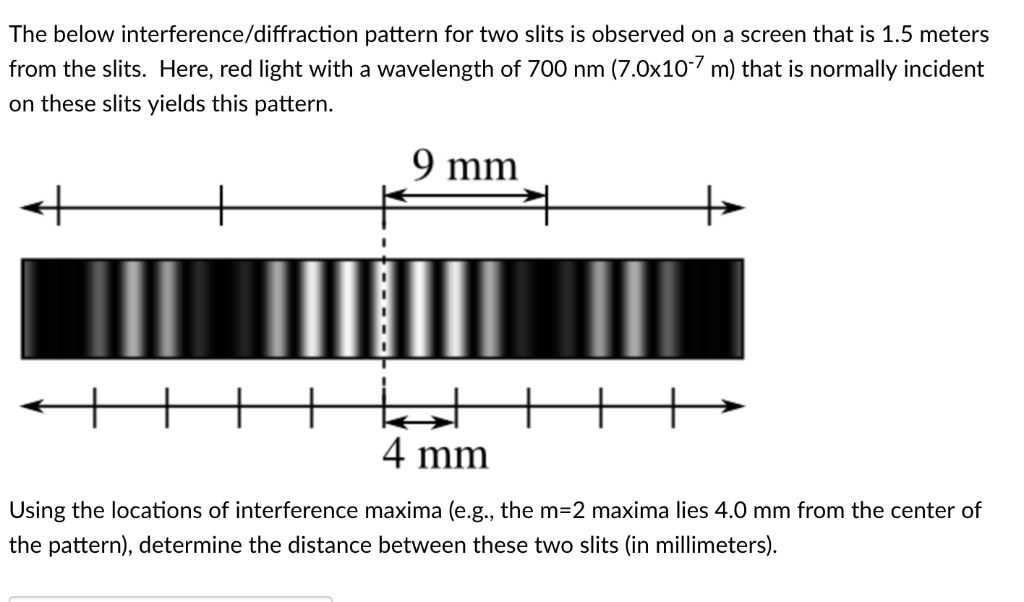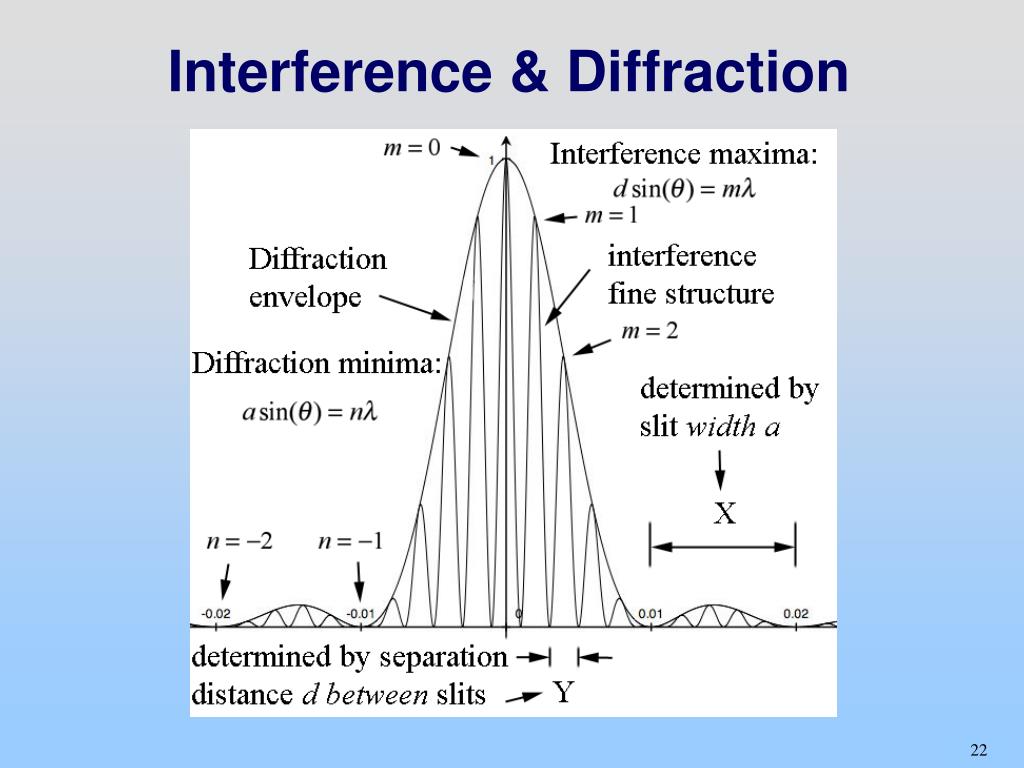

In order to have a sustainable interference that can be observed, the following conditions must be met: the source must be coherent (the difference in phases must be constant, one in relation to the other), the source should be monochromatic (source of one wavelength). The sources in which we have a quick change of phase difference are called non-coherent. As the eye cannot observe such short time changes, no interference has been detected. Consequently, the conditions for constructive interference, destructive interference, or intermittent duration, are larger than 10-8 s magnitude sequences. Light waves from ordinary sources such as a bulb are caused by random changes with magnitude of 10-8 s. The emissions from these two bulbs do not have a constant phase difference in time. If there are two lamps placed next to each other, no interference will be detected because the waves of one lamp are emitted independently of the waves of the other bulb. Fundamentally, all interference with the waves of light is increased when the electromagnetic field containing the individual waves is superimposed into the resultant wave. In the case of constructive interference, the resultant amplitude is greater than any individual wave amplitude that makes this superposition, while in destructive interference the resultant amplitude is lower than any amplitude of the individual waves that make this interference. In the superposition of two mechanical waves a constructive and destructive interference can arise. Where d is the constant of the diffraction grid, Λ is the wavelength and n – the whole number having values=1, 2, 3… What is Interference? Conditions for the formation of diffraction maximum and minimum are:ĭiffraction minimum: dsinφ = (2n + 1) Λ / 2 A diffraction grating is used to elicit a high intensity light diffraction pattern. Diffraction (optical) grating is performed with a glass plate (grid) with a large number of parallel patches on equal interconnections. Naturally, if the original source of oscillation is far enough in terms of the point source (), then the joint points of the holes of the opening may be considered as synchronous sources of oscillation for the diffraction phenomenon. For example, if we have a curtain that prevents wave propagation and we make a small opening on it, all the points of the same phase between the edges of the opening are coherent sources of the new wave. The Hygens principle states that all these points of the wavefront can be regarded as sources of waves coherently oscillating. In calculations, Hygens’ principle is proved to be of tremendous help. For simplifying the calculation we can use the approximation where the dimensions of the source and/or aperture through which the radiation is released is small compared to the distance at which the result of the diffraction phenomenon is considered. Under the term diffraction, we consider the result of the superposition of the continuum of the differently located sources of identical frequency of the phase-coherent sources. While diffraction is result of the superposition and continuum of waves and/or sources that are again synchronous and have certain phase ratios.


Namely, interference is result of the superposition of the titration of two waves, which are synchronously titrated with some difference in the phase. In the past there was a big distinction between these two phenomena, among which there are no fundamental differences. Diffraction and interference are two phenomena based on the principle of superposition of waves.


 0 kommentar(er)
0 kommentar(er)
